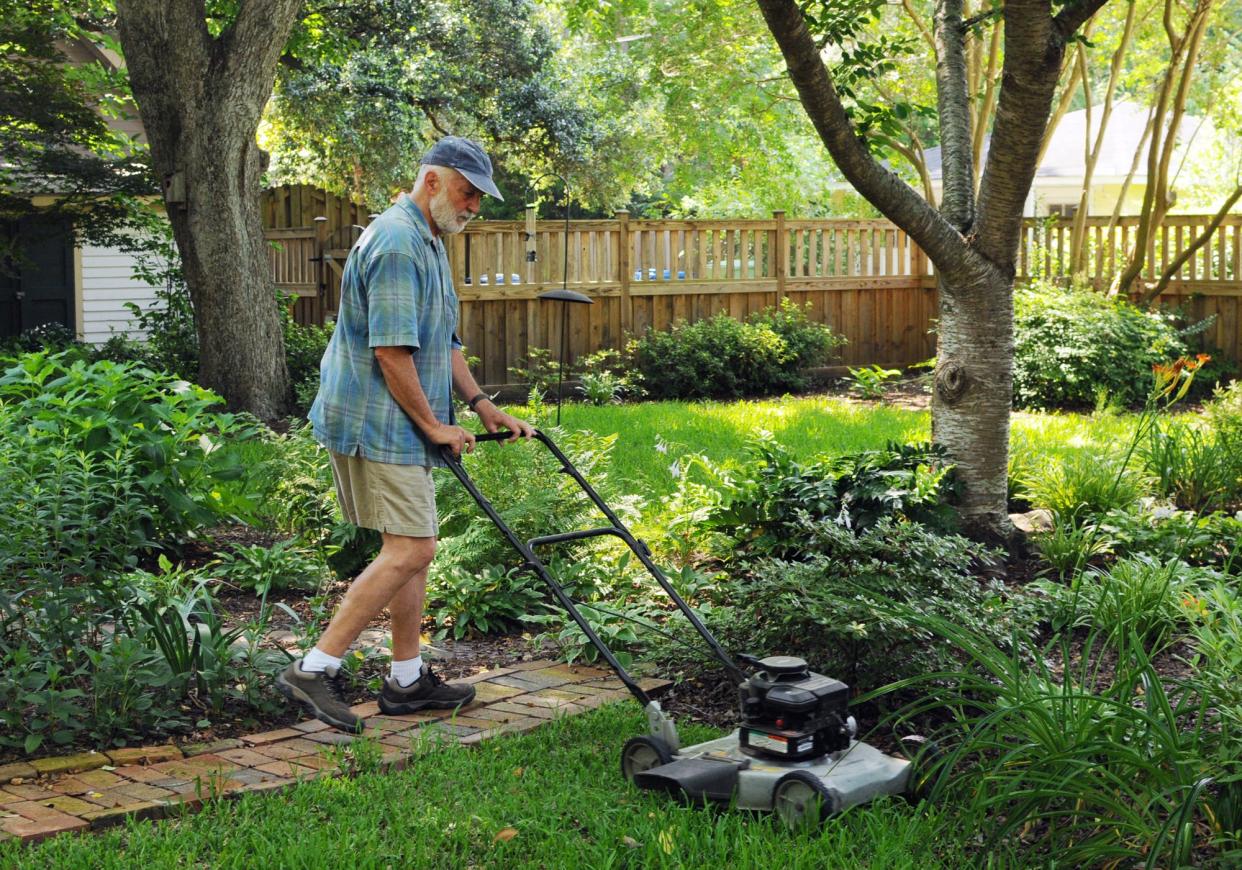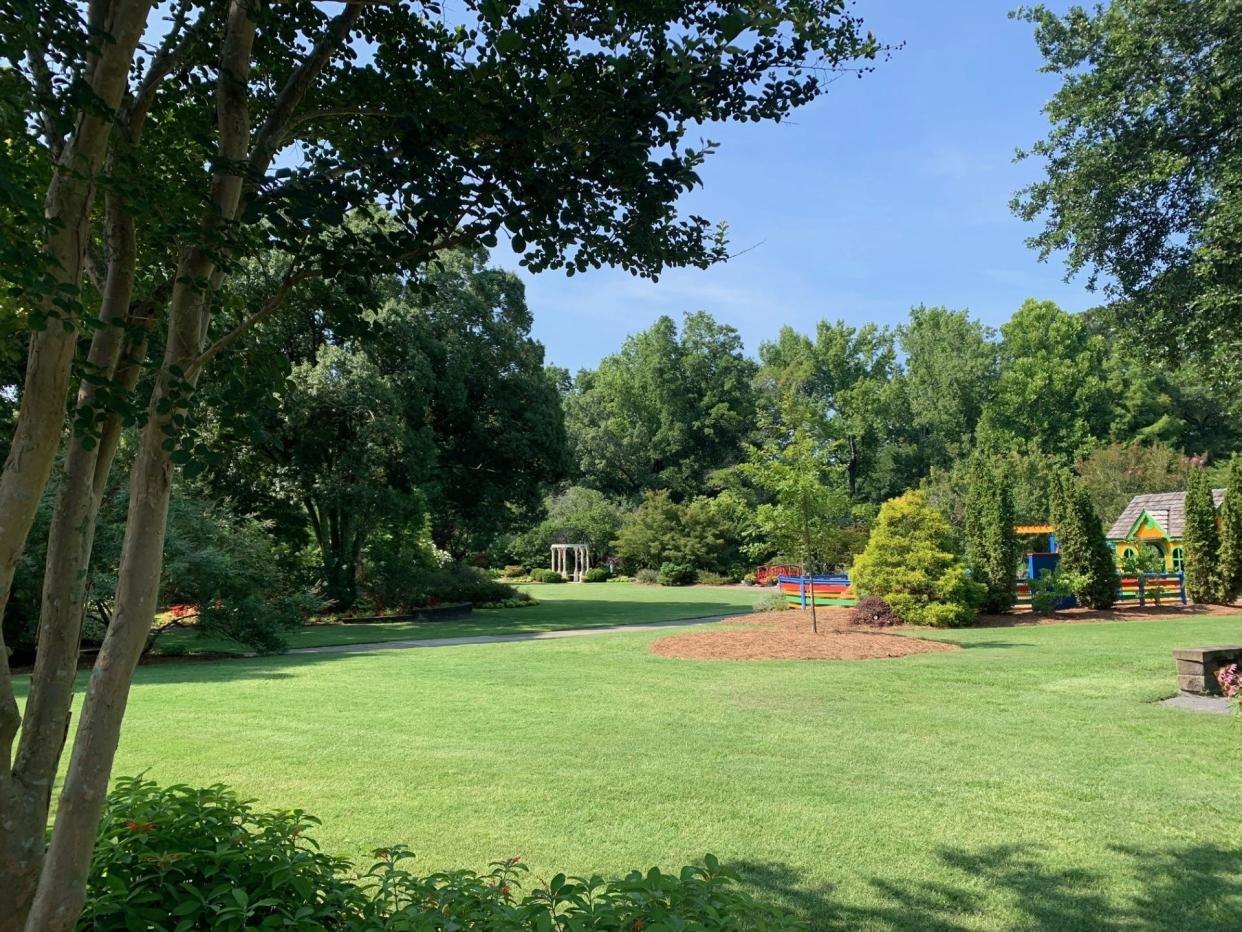5 tips to keep your lawn healthy during Wilmington's scorching heat

It's hot outside and there is no sign of relief anytime soon. Everyone should know what to do for their body in this summer heat. But what about your lawn? How do you keep your lawn healthy, green and looking appealing while the temperature outside is still rising?
These five guidelines from Lloyd Singleton, county extension director, NC Cooperative Extension – New Hanover County Center and Arboretum, will help keep your lawn robust and awe-inspiring.
1. Keep soil moist.
Increase soil organic matter with core aeration and a ¼-inch top dressing with a quality finished compost to increase the water holding capacity of the soil and nutrient availability with improved soil microbiology. Mulch all exposed soil correctly - 2-3 inches in the root zone of plants, not touching the stems, will help hold moisture to be available for the plant’s use. Pine straw is good to use as it contributes organic matter easily to landscape soils. Observe irrigation system while running to avoid over spraying on sidewalks, driveway, etc., measure to apply 1/2 inch twice per week on turf grass and use a rain sensor-shutoff device to avoid expensive wasted water.
2. Irrigate regularly.
When irrigating, irrigate a maximum of twice per week and apply 1/2 inch of water with each application. Rotate your sprinklers by measuring the output during a run time and adjust the time to achieve the ½ inch to saturate the grass’ root zone in sandy soil.

3. Mow at the right frequency.
Set your mower a bit higher than normal to keep turf grass from stressing, for instance, St. Augustine turf can be maintained at 4-inch height, and centipede at 2-inch and more. Cut your grass frequently enough so to never remove more than 1/3 of the leaf blade in any mowing – that keeps the grass from generating its own food to grow. If you are cutting Centipede grass when it is 2 inches tall, you should mow it at least when it gets to 3 inches in height. Because of the heat and rain, other types of grasses might need to be mowed at least two times a week.
More: Pretty and sustainable: Why native NC plants can be good for your garden and the coast
More: Why nurturing NC's native plants might be your yard's answer to climate change
4. Pick the right type of grass.
Warm-season grasses suited to this region include: Bahia grass, Bermuda grass, centipede grass. St. Augustine grass and Zoysia grass. Grasses that are appropriate to this area, can be found by visiting this site, https://www.turffiles.ncsu.edu/grasses/.
5. Don't apply fertilizer.
Avoid applying high-nitrogen fertilizers that promote only leafy-green growth. This “pushed” growth increases plant respiration and moisture evaporation, so it can stress the plant without extra water.
This article originally appeared on Wilmington StarNews: Ways to keep your lawn healthy during hot, dry summer


